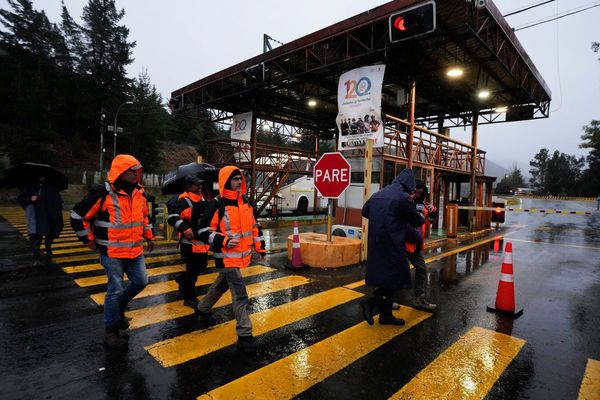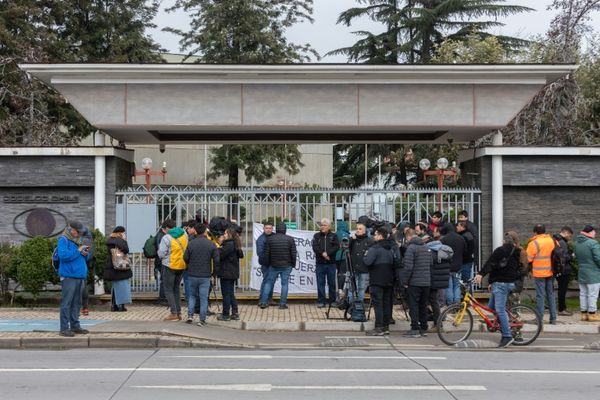Efficient lighting is vital in industrial settings for both productivity and safety. Without proper lighting, workers may struggle with tasks, leading to errors and accidents. Industrial track lighting systems provide a flexible and effective solution, making them essential for any facility aiming to improve its lighting. Knowing the different parts and functions of these systems can help businesses make smart choices, resulting in a safer and more productive work environment.
From choosing the right fixtures to arranging them for the best coverage, there are many factors to consider when setting up industrial track lighting. This article will cover the basics of these systems, give tips on selecting suitable fixtures, and offer advice on arranging them for optimal coverage. We'll also look at energy efficiency practices and maintenance tips to ensure your lighting setup lasts long and works well.
The Basics of Industrial Track Lighting
Industrial track lighting is a flexible lighting system designed for industrial settings. It includes tracks that provide power and multiple light fixtures that can be moved along the tracks to direct light where it's needed. This flexibility is its main advantage, allowing for customized lighting to fit different spaces and tasks. Key parts include the tracks, light fixtures, connectors, and power sources.
The system uses a continuous conductive track to carry electrical current, powering each light fixture. You can choose different bulb types and wattages to optimize energy use and light output. Whether lighting up a large warehouse or a smaller assembly line, industrial track lighting offers a practical and efficient solution adaptable to various environments.
Choosing the Right Fixtures
Choosing the right track lighting for your industrial space involves several factors, such as light distribution, energy efficiency, and durability. Spotlights provide focused light on detailed tasks or specific workstations, making them perfect for precision work. Floodlights, on the other hand, are best for larger areas, ensuring full coverage. Wall washers are ideal for brightening walls and enhancing overall ambient light, which can create a more pleasant working environment.
Each type serves a different purpose. For instance, if your facility requires detailed work, adjustable spotlights with dimming capabilities might be the best choice. For general lighting over large areas, high-lumen floodlights are more suitable. It's also important to consider the efficiency and longevity of the fixtures. LED options are both energy-efficient and long-lasting, reducing maintenance costs.
Optimizing Layout for Maximum Coverage
Strategically positioning track lights is key to achieving even lighting in a workspace. Start by assessing the area, identifying high-traffic and task-specific regions that need focused lighting. Placing track lights in a grid pattern ensures even light distribution. For large spaces, use a mix of spotlight and floodlight fixtures: spotlights can highlight specific workstations, while floodlights cover broader areas.
Ensure lights are spaced appropriately—typically the same distance apart as the height of the ceiling—to avoid dark spots and overlapping beams. Adjusting the angle of each fixture directs light where it's needed, improving visibility and efficiency. The goal is to create balanced lighting that reduces shadows and glare, supporting a safer and more productive workspace.
Energy Efficiency Considerations
Improving energy efficiency in your track lighting system can save money and support sustainability. Start by using LED bulbs, which use much less electricity and offer similar or better brightness compared to traditional bulbs. LEDs also last longer, reducing the need for replacements and maintenance. Additionally, using smart lighting controls can optimize energy use even more. These systems let you automate lighting schedules, dim lights during off-peak hours, and adjust brightness based on natural light, cutting down on wasted energy.
Environmentally, these changes reduce your carbon footprint, making your facility greener. Financially, although LEDs and smart controls may cost more upfront, the long-term savings on energy bills and maintenance provide a good return on investment.
Maintenance and Safety Tips
To keep your track lighting system in good condition, regularly check the tracks and fixtures for any signs of wear, loose connections, or damage. Clean the fixtures monthly to prevent dust buildup, which can reduce light output and performance. Use non-abrasive cleaners and cloths to avoid scratching or damaging the lights. When replacing bulbs, follow the manufacturer's recommendations for wattage and type.
Regularly check electrical connections to prevent potential hazards like short circuits or overheating. If you notice flickering lights or inconsistent lighting, troubleshoot promptly as this could indicate wiring issues or bulb compatibility problems. Ensure your lighting system complies with local electrical codes and safety standards. Following these steps will help extend the lifespan of your track lighting system, ensuring it continues to operate efficiently and safely in your industrial space.
Implementing efficient industrial track lighting can greatly enhance both productivity and safety in the workplace. By understanding the basics, choosing appropriate fixtures, optimizing their layout, and considering energy efficiency, businesses can create a well-lit environment tailored to their specific needs. Regular maintenance and adherence to safety standards further ensure the system's longevity and reliability. These steps contribute to a safer, more efficient industrial space, supporting better performance and reducing operational costs. With the right approach, businesses can improve their lighting infrastructure and overall workplace conditions.







